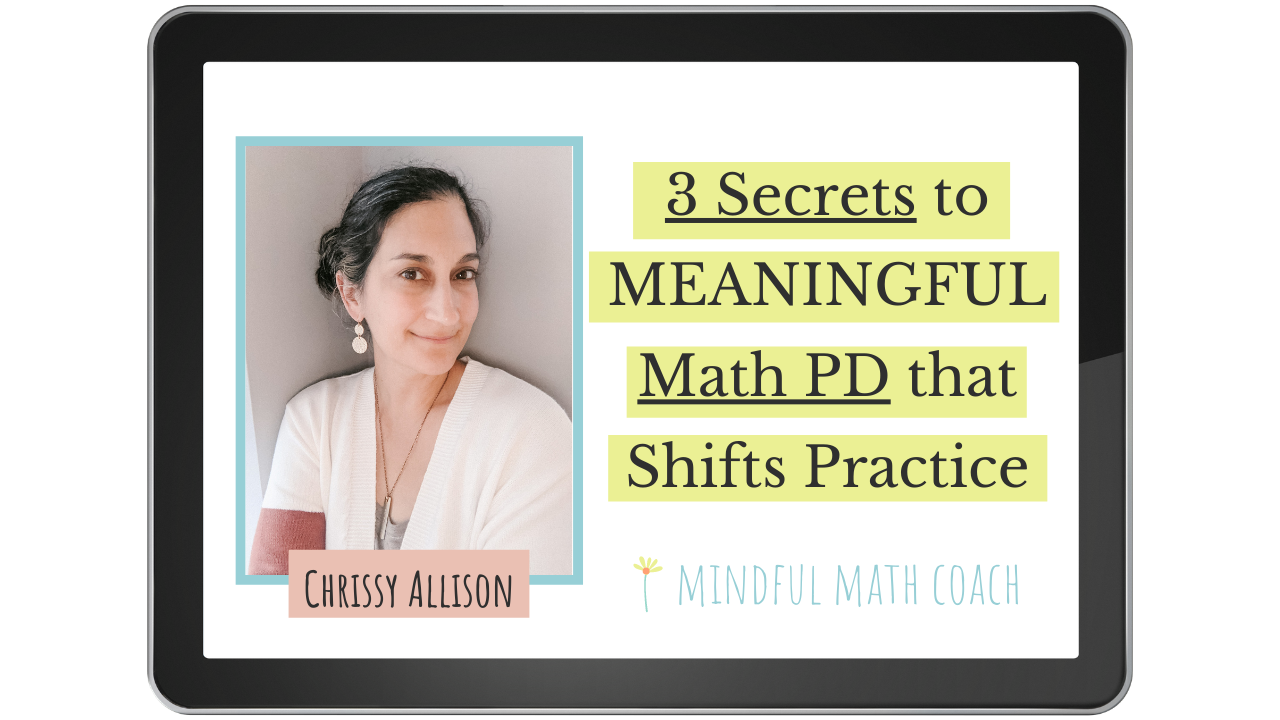
FEEL LIKE YOUR KIDS ARE BEHIND?

GET MY ENTIRELY FREE RESOURCE BUNDLE:
10 High-Impact Strategies & 'How To' Guides, Daily Planning Guide, & Deficit vs. Asset-Based Language in Math Chart
FEEL LIKE YOUR KIDS ARE BEHIND?

CUSTOM JAVASCRIPT / HTML
Description:
The most common concern I hear from middle and high school math teachers is how to support students who have unfinished learning from previous grades. In the face of rigorous grade-level content, this is a valid question -- and one without a silver bullet solution. When should teachers revisit previous grade-level content, and for how long? When should they push ahead?
In this episode, I’m sharing three takeaways from my time supporting teachers and leaders to increase access to grade-level math, including two questions you can ask yourself as you plan your strategy. Hear about two interpretations of the phrase ‘access to grade-level math,’ and why both are necessary to provide equitable instruction for students.
Summary & Highlights:
In this episode, Chrissy shares insights and guidance about how to approach students’ unfinished learning in the face of rigorous grade-level content, including:
- a statement she’d like teachers to STOP saying
-
one reason so many students developed ‘math gaps’ when schools transitioned to college-and career-readiness standards
-
the most common way teachers try to address students’ unfinished learning -- and the pitfalls of that approach
-
conflicting perspectives some teachers and leaders have about unfinished learning
-
a mistaken belief she held about students’ access to grade-level tasks and what she believes now
-
an analogy to describe the degree to which unfinished learning affects access to grade level content
-
two questions you can ask as you decide how to support students’ unfinished learning
-
the two interpretations of ‘access to grade-level math,’ and why students need both
Resource Links:
Designing Shifts-Aligned Interventions in the Math Classroom - Aligned Blog Post by Astrid Fossum
Related Blog Post:

